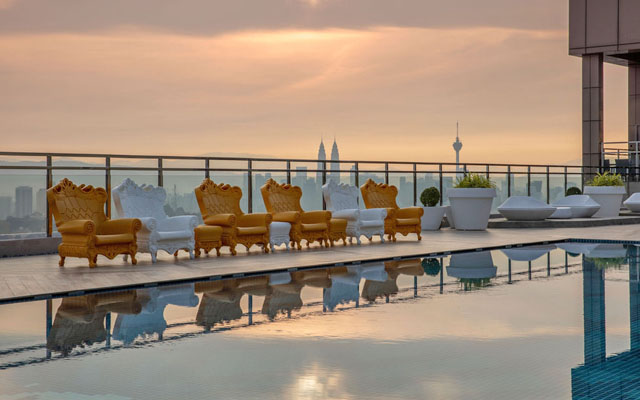Chinese travellers show the highest willingness to spend on cultural travel compared to other holiday themes, according to the recently released ITB China Travel Trends Report.
The ITB China Travel Trends Report was created in collaboration with the international consulting and research company Kairos Future and will be presented at ITB China, set to take place from May 15 to 17, 2019 in Shanghai.

Chinese travel agents surveyed see the fastest growth rate in culture travel, with 62% of the respondents reporting an expected growth of 30% or more over the next three years.
Local experience programmes and scenery are what travellers care most about when going on a culture trip, respondents expressed.
There is a strong desire to experience the local culture and to understand its history and customs. This can be either through cultural institutions such as museums, community immersions or cultural events.
Culture travel is also the theme for which travellers have the highest willingness to pay, according to survey respondents.
The stories of a place are important to inspire cultural travellers to visit a destination.
New travel products are becoming popular as demand gets increasingly diverse.
Many of today’s Chinese travellers visiting Europe, for example, are keen to experience local wine culture through visiting wineries and sampling local cuisine.
Overall, the experience offered through a culture travel product is increasingly targeting more specific demands, the report observed.
With many culture travelers – who are typically older than travellers opting for other themes – facing a language barrier when traveling abroad, Chinese-speaking guides will stay in demand and are described as an upgraded service for Chinese travellers.
Just like for sports trips, events are important for culture travel too. Three types of seasonal events are mentioned by the experts interviewed. One is art and music festivals, such as the Mozart Week in Salzburg. Another is food-and-drinks-related, for example, the Munich’s Oktoberfest. Finally, local festivals connected to local or national holidays – such as the Running of the Bulls during the San Fermín festival in Pamplona, Spain.
















